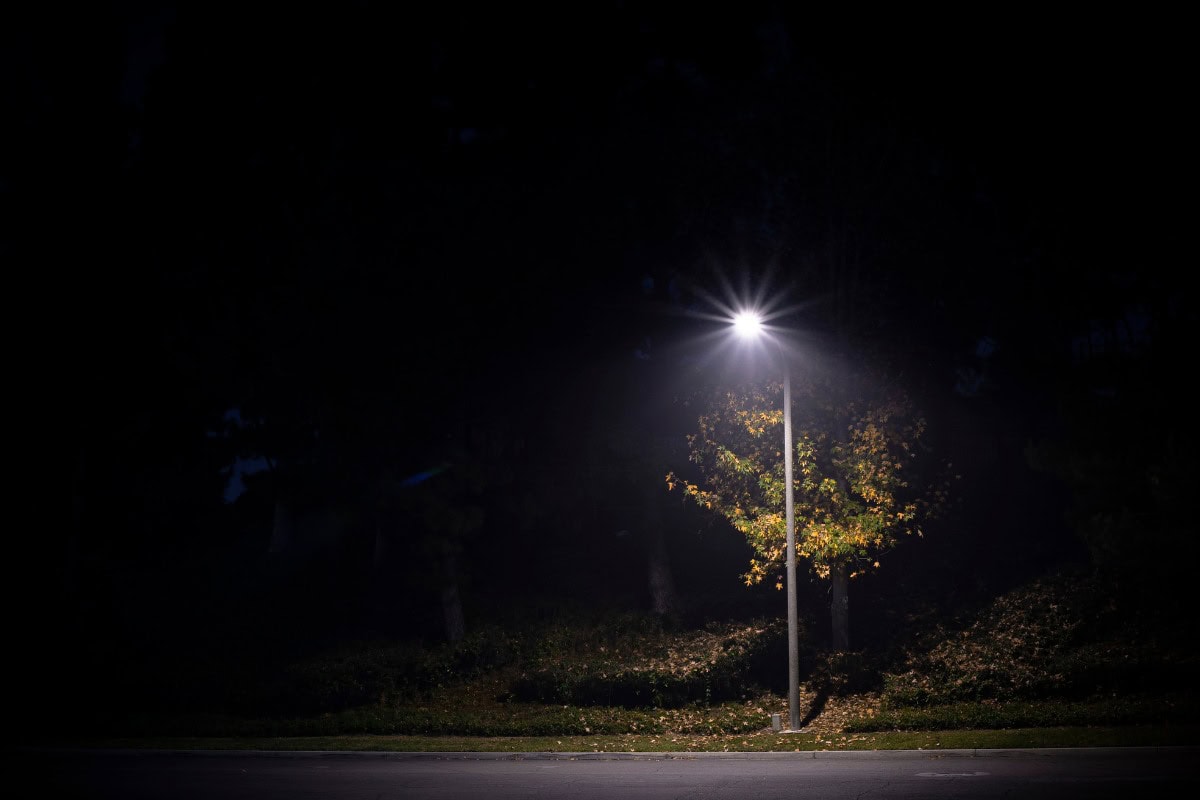What Is Wall Grazing
Wall grazing is a lighting technique to enhance the texture and architectural features of a wall. It involves placing light fixtures close to the wall surface and directing the light upwards or downwards at a narrow-angle. This technique creates shadows that accentuate the texture of the wall, adding depth and visual interest to the space.
The angle at which the light is directed is important as you can control the intensity and direction of the shadows by positioning the lights close to the wall and adjusting the angle. This allows for a customized effect, highlighting specific areas or patterns on the wall.
Wall grazing can be achieved using linear LED strips, adjustable spotlights, or wall-mounted sconces. Depending on the desired effect and the height of the wall, the fixtures are typically placed within a few inches to a few feet away from the wall.
This technique is particularly effective on textured surfaces, such as brick, stone, or draperies, as it brings out the details and adds visual interest. It can draw attention to decorative elements, highlight unique patterns or textures, and create a sense of depth and dimension in a space.
Wall grazing can also serve functional purposes. It can provide ambient lighting in a space, especially in areas where direct lighting may not be desired or feasible. It helps to create a warm and inviting atmosphere by illuminating the wall surface.
Examples of Wall Grazing
Wall grazing can be used in various applications to enhance the visual appeal of a space. Here are some examples of how wall grazing can be used.
Accentuating Textured Walls
Wall grazing is an excellent way to accentuate the texture of walls, such as exposed brick or stone. By positioning the lights close to the wall surface, the light grazes across the textured surface, creating shadows that emphasize the depth and details of the material. This technique adds visual interest and creates a focal point in the room.
Highlighting Artwork or Decorative Features
Wall grazing can also be used to highlight artwork or decorative features on a wall. Strategically placing the lights can direct the light toward the artwork, creating a spotlight effect and drawing attention to the piece and add a sense of drama and sophistication to the space.
Creating Depth and Dimension
Wall grazing can be used to create depth and dimension in a room. Illuminating the wall from a specific angle can cause the light to create shadows and highlights, giving the illusion of depth. This technique is often used in galleries, museums, and theaters to create a visually dynamic environment.
Enhancing Architectural Details
Wall grazing can be used to enhance the architectural details of a space. The light highlights these features and adds visual interest by highlighting columns, arches, or other architectural elements. This technique is commonly used in historical buildings or spaces with unique architectural designs.
Setting the Mood
Wall grazing can set the mood in a space. Different colors and intensities of light can transform the ambiance of the room. For example, warm, soft lighting can create a cozy and intimate atmosphere, while bright, cool lighting can create a vibrant and energetic environment.








